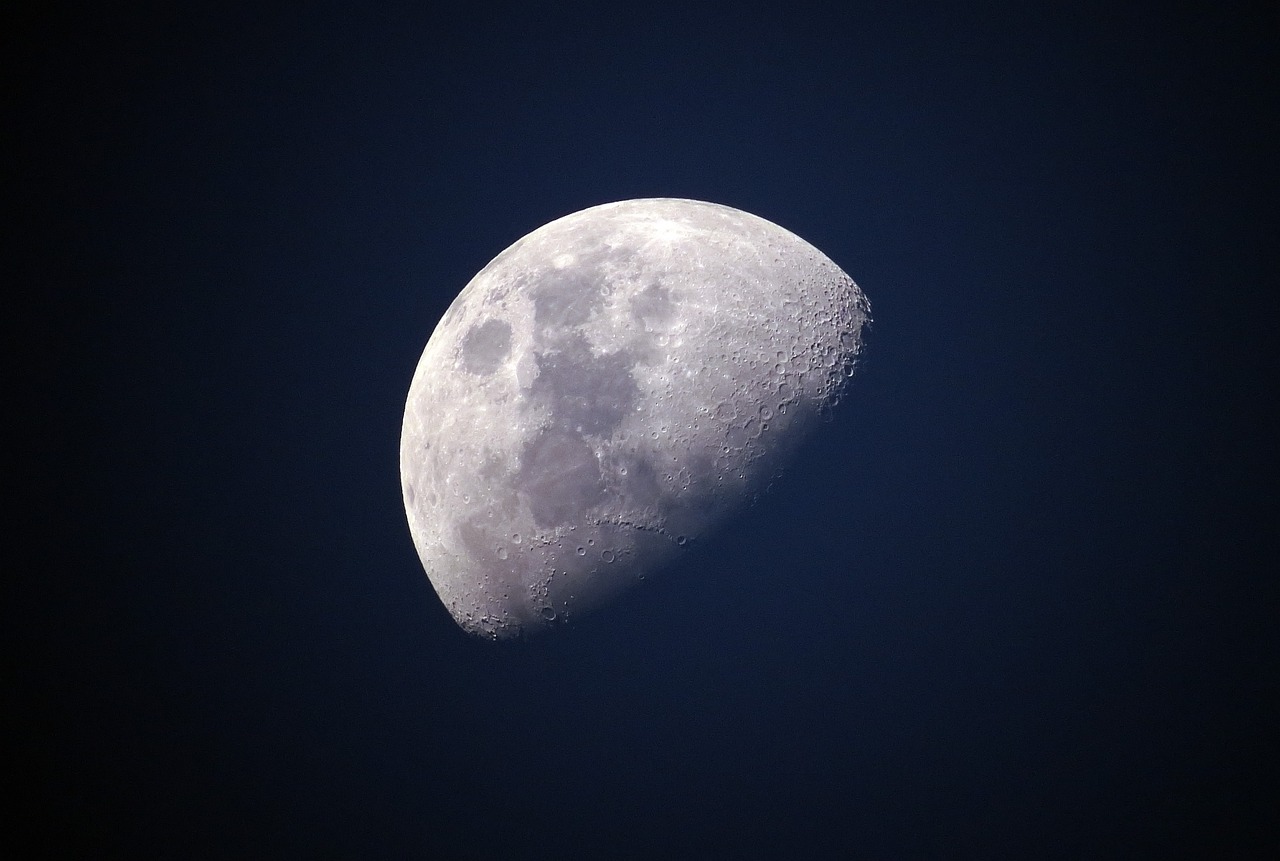Media release
From:
Theme Issue: Philosophical Transactions of the Royal Society A – Astronomy from the Moon: the next decades (Part 2)
The Moon presents unique opportunities for high-impact astronomy that could enhance our understanding of our solar system, the possibility of life beyond Earth, and the evolution of the universe. This is the second of two theme issues on the subject and explores the current renaissance of lunar astronomy projects, the potentially compelling and unique science they could lead to, and the policy implications that surround them.
Highlights include:
The lunar dust environment: concerns for Moon-based astronomy
The Moon’s surface is continually bombarded by interplanetary dust particles that cause impact damage, cover optical surfaces and degrade the performances of thermal radiators and solar panels. Lunar dust in human living quarters could also lead to health risks when inhaled by astronauts. In addition to the naturally occurring dust transport, rocket firings during landings and take-offs, pedestrian and motorised vehicle traffic will also liberate copious amounts of dust. This review discusses the potential hazards presented by lunar dust for establishing permanent human habitats and deploying astronomical observatories.
Potential and perils: paths to protecting lunar sites of extraordinary scientific importance (SESIs) for astronomy before it is too late
Two major international efforts to create rules for lunar activities are afoot, but so far neither emphasises ‘sites of extraordinary scientific importance’ (SESIs) – a handful of locations on the lunar surface that present opportunities for astronomical research unmatched anywhere else. However, a flurry of upcoming missions, both scientific and non-scientific, could threaten to degrade their value to science. Protecting these sites through policy and governance is an urgent matter. This paper proposes a program of action to protect SESIs and safeguard the scientific opportunities on the Moon during what is a crucial, but closing, window.
Opportunities and limits of lunar gravitational-wave detection
Seismically, the Moon is extremely quiet and the permanently shadowed regions at the lunar poles provide ideal conditions for gravitational-wave detection. No fewer than three low-frequency lunar radio astronomy telescopes are scheduled to land on the Moon’s surface in the next five years, all exploratory in nature and designed to test feasibility for future experiments, with varying levels of technological complexity and science potential. This paper confronts the three concepts, identifies important technological challenges and potential showstoppers.



 International
International


